How to Incorporate Yoga into Your Workout Routine
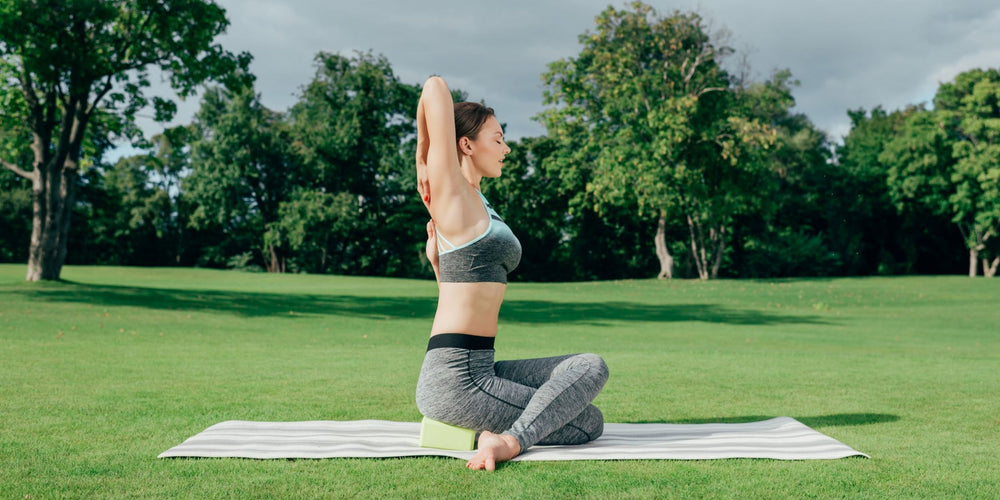
Stay tuned to our latest news
Yoga is a practice that combines physical poses, breathing techniques, and meditation to promote health and well-being. Yoga can benefit your body and mind in many ways, such as improving your flexibility, strength, balance, posture, mood, and sleep quality. Yoga can also complement your other workouts, such as cardio, strength training, or sports, by enhancing your performance, preventing injuries, and speeding up your recovery. In this article, we will explore how you can incorporate yoga into your workout routine, depending on your goals, preferences, and schedule.
Go Warm Up and Cool Down
One of the simplest ways to incorporate yoga into your workout routine is to use it as a warm-up and cool-down. A warm-up prepares your body for exercise by increasing your blood flow, heart rate, and body temperature. A cool-down helps your body return to normal after exercise by lowering your heart rate, blood pressure, and body temperature. Both warm-up and cool-down can prevent injuries, reduce muscle soreness, and improve your recovery.
Yoga can be an effective warm-up and cool-down because it stretches and mobilizes your muscles, joints, and connective tissues. It also calms your nervous system and relaxes your mind. A good yoga warm-up should include poses that target the major muscle groups that you will use in your main workout, such as your legs, hips, back, shoulders, and arms. A good yoga cool-down should include poses that release the tension and lactic acid that build up in your muscles during exercise, such as forward bends, twists, and inversions.

Some examples of yoga poses that you can use for warm-up and cool-down are:
- Cat-Cow Pose: This pose alternates between flexing and extending your spine, which can improve your spinal mobility and relieve back pain. It also massages your abdominal organs and stimulates your breath. To do this pose, get on all fours, placing your palms underneath your shoulders and your knees underneath your hips. First, inhale, as you let your stomach drop down toward the floor. Then, exhale, as you draw your navel toward your spine, arching your spine like a cat stretching. Repeat this movement for several breaths, synchronizing your breath with your movement.
- Downward Facing Dog Pose: Go for stretching your hamstrings, calves, and Achilles tendons, which can improve your leg flexibility and prevent cramps. It also strengthens your arms, shoulders, and back, which can improve your posture and stability. To do this pose, start on all fours, then tuck your toes under and lift your hips up, so that you make a triangle shape with your body. Keep a slight bend in your knees, while lengthening your spine and tailbone. Press your palms firmly into the floor, and rotate your shoulders outward. Relax your head and neck, and gaze at your feet or navel. Hold this pose for a few breaths, or longer if you feel comfortable.
- Warrior I Pose: Strengthen and stretch your legs, hips, and core, which can improve your balance and endurance. It also opens your chest and shoulders, which can improve your breathing and circulation. To do this pose, stand with your feet about four feet apart, and turn your right foot 90 degrees to the right. Align your right heel with your left heel, and square your hips to the front. Bend your right knee to a 90-degree angle, making sure your knee does not go past your ankle. Lift your arms over your head, and join your palms together. Look up at your thumbs, or keep your head neutral. Hold this pose for a few breaths, then switch sides.
- Child’s Pose: Try a resting pose that can calm your mind and body. It also stretches your lower back, hips, and thighs, which can relieve tension and fatigue. To do this pose, kneel on the floor, and bring your big toes together. Sit on your heels, and separate your knees as wide as your hips. Exhale, and lower your torso between your thighs. Extend your arms forward, and rest your forehead on the floor. You can also place a pillow or a bolster under your torso or forehead for more comfort. Hold this pose for as long as you like, breathing deeply and slowly.
Tie into Cross-Training
Another way to incorporate yoga into your workout routine is to use it as a cross-training. Cross-training is a method of training that involves doing different types of exercises to improve your overall fitness, performance, and health. Cross-training can help you avoid overuse injuries, boredom, and plateaus, by challenging your body in different ways and working different muscle groups.
If you do a lot of strength training, such as lifting weights, doing push-ups, or using resistance bands, you may develop strength and power in your muscles, but also tension and imbalance. Yoga can help you release and relax your muscles, and improve your flexibility and mobility. Yoga can also help you balance your strength and flexibility, by working both your large and small muscles, and your agonist and antagonist muscles. Yoga can also help you develop mental strength and focus, which can improve your motivation and performance.
If you are into sports, such as soccer, basketball, or tennis, you may develop agility and speed in your movements, but also fatigue and stress in your body and mind. Yoga can help you recover and restore your energy, and reduce inflammation and soreness. Yoga can also help you prevent and heal injuries, by strengthening and stretching your muscles, tendons, and ligaments, and improving your alignment and posture. Yoga can also help you cultivate mindfulness and awareness, which can improve your concentration and reaction time.

Some examples of yoga poses that you can use for cross-training are:
- Boat Pose: Strengthen your core, hip flexors, and spine with this pose, which can improve your stability and endurance. It also challenges your balance and concentration, which can improve your coordination and focus. To do this pose, sit on the floor, and bend your knees. Lift your feet off the floor, and bring your shins parallel to the floor. You can hold your thighs with your hands, or extend your arms forward, parallel to the floor. Keep your chest lifted, and your spine straight. Engage your core, and balance on your sit bones. Hold this pose for a few breaths, or longer if you can.
- Chair Pose: This pose strengthens your legs, glutes, and back, which can improve your power and speed. It also stretches your chest and shoulders, which can improve your breathing and circulation. To do this pose, stand with your feet together, and inhale. Exhale, and bend your knees, as if you are sitting on a chair. Keep your knees over your ankles, and your thighs as parallel to the floor as possible. Lift your arms over your head, and join your palms together. Look up at your thumbs, or keep your head neutral. Hold this pose for a few breaths, or longer if you can.
- Triangle Pose: Why not stretch your hamstrings, hips, and side body, which can improve your flexibility and mobility? It also strengthens your legs, core, and back, which can improve your posture and alignment. To do this pose, stand with your feet about four feet apart, and turn your right foot 90 degrees to the right. Align your right heel with your left heel, and square your hips to the front. Inhale, and reach your right arm up. Exhale, and hinge at your right hip, and lower your right hand to your shin, ankle, or the floor. Lift your left arm up, and align it with your right arm. Look up at your left hand, or keep your head neutral. Hold this pose for a few breaths, then switch sides.
- Bridge Pose: Do a gentle backbend that can counteract the effects of hunching and slouching. It also stretches your chest, neck, and shoulders, which can improve your heart and lung function. It also strengthens your glutes, hamstrings, and lower back, which can improve your spine health and longevity. To do this pose, lie on your back, and bend your knees. Place your feet flat on the floor, hip-width apart, and close to your buttocks. Press your feet and arms into the floor, and lift your hips and chest up. You can interlace your fingers under your back, and roll your shoulders closer together. Hold this pose for a few breaths, or longer if you feel comfortable.
Focus on Rest and Recovery
Yoga can be an ideal rest and recovery activity, because it can help you relax and restore your body and mind in a gentle and holistic way. Yoga can help you release the physical and mental tension that accumulates from exercise, by using poses, breathing, and meditation that calm your nervous system and promote healing. Yoga can also help you balance your energy and mood, by using poses, breathing, and meditation that stimulate or soothe your body and mind, depending on your needs. Yoga can also help you enhance your awareness and gratitude, by using poses, breathing, and meditation that connect you with yourself, your surroundings, and your purpose.

Some examples of yoga poses that you can use for rest and recovery are:
- Legs Up the Wall Pose: This pose is a passive inversion that can reverse the effects of gravity and improve your blood circulation. It can also reduce swelling and inflammation in your legs and feet, which can occur after standing, walking, or running for a long time. It can also relieve lower back pain and stress, and promote relaxation and sleep. To do this pose, lie on your back, and scoot your buttocks as close to a wall as possible. Extend your legs up the wall, and rest your arms by your sides, or on your chest or abdomen. You can place a pillow or a blanket under your hips or head for more comfort. Hold this pose for 5 to 15 minutes, breathing deeply and slowly.
- Corpse Pose: This resting pose that can induce a state of deep relaxation and peace. It can also help you integrate the benefits of your yoga practice, and prepare you for meditation or sleep. To do this pose, lie on your back, and let your legs and arms fall open, slightly away from your body. You can place a pillow or a blanket under your head, neck, or knees for more comfort. Close your eyes, and relax your face, jaw, and tongue. Scan your body from head to toe, and release any tension or tightness that you find. Breathe naturally, and let go of any thoughts or worries. Hold this pose for 5 to 15 minutes, or longer if you like.
- Savasana: Try a meditation pose that can help you calm your mind and cultivate mindfulness and awareness. It can also help you improve your concentration, memory, and creativity, and enhance your sense of well-being and happiness. To do this pose, sit comfortably on a chair, a cushion, or the floor, and keep your spine straight and your shoulders relaxed. You can place your hands on your knees, or in any mudra (hand gesture) that you prefer. Close your eyes, and focus on your breath, or on a mantra (a word or a phrase that you repeat silently or aloud). Observe your thoughts and feelings, without judging or reacting to them. Just let them come and go, like clouds in the sky. Stay in this pose for 5 to 15 minutes, or longer if you like.
Revitalize After a Yoga Workout
@renpho Upgrade your self-care routine with the RENPHO Neck and Back Massager! Your body will thank you! 🤝😉
♬ Originalton - CENKGO
For yoga enthusiasts seeking optimal recovery and relaxation, the RENPHO Leg Massager Premium and U-Neck 2 Neck & Shoulders Massager offer incredible benefits. After an intense yoga session, these innovative devices can help ease muscle soreness, reduce tension, and promote overall rejuvenation. The Leg Massager Premium utilizes air compression technology to provide a soothing massage to your feet, calves, and thighs. With adjustable wraps and three massage modes, it delivers targeted relief to specific areas. On the other hand, the U-Neck 2 Massager combines heat and percussion massage to alleviate neck and shoulder discomfort, targeting tight muscles and promoting relaxation. These RENPHO devices are the perfect companions for yoga enthusiasts, ensuring a holistic recovery experience that supports your physical and mental well-being.
Renpho Health Tips
-
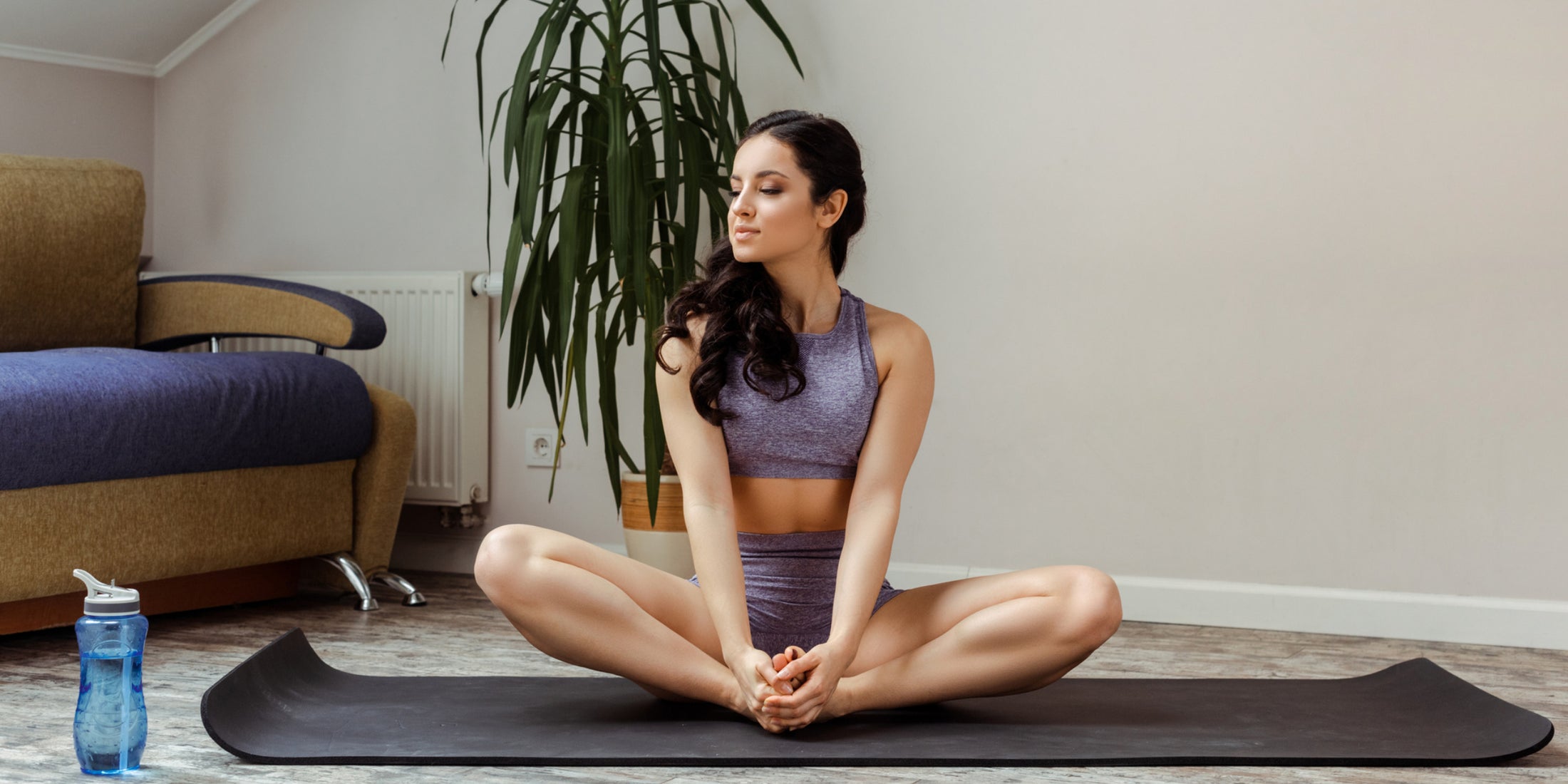
The Power of Yoga on Your Mental Well-Being
November 5, 2023
Read more >
-
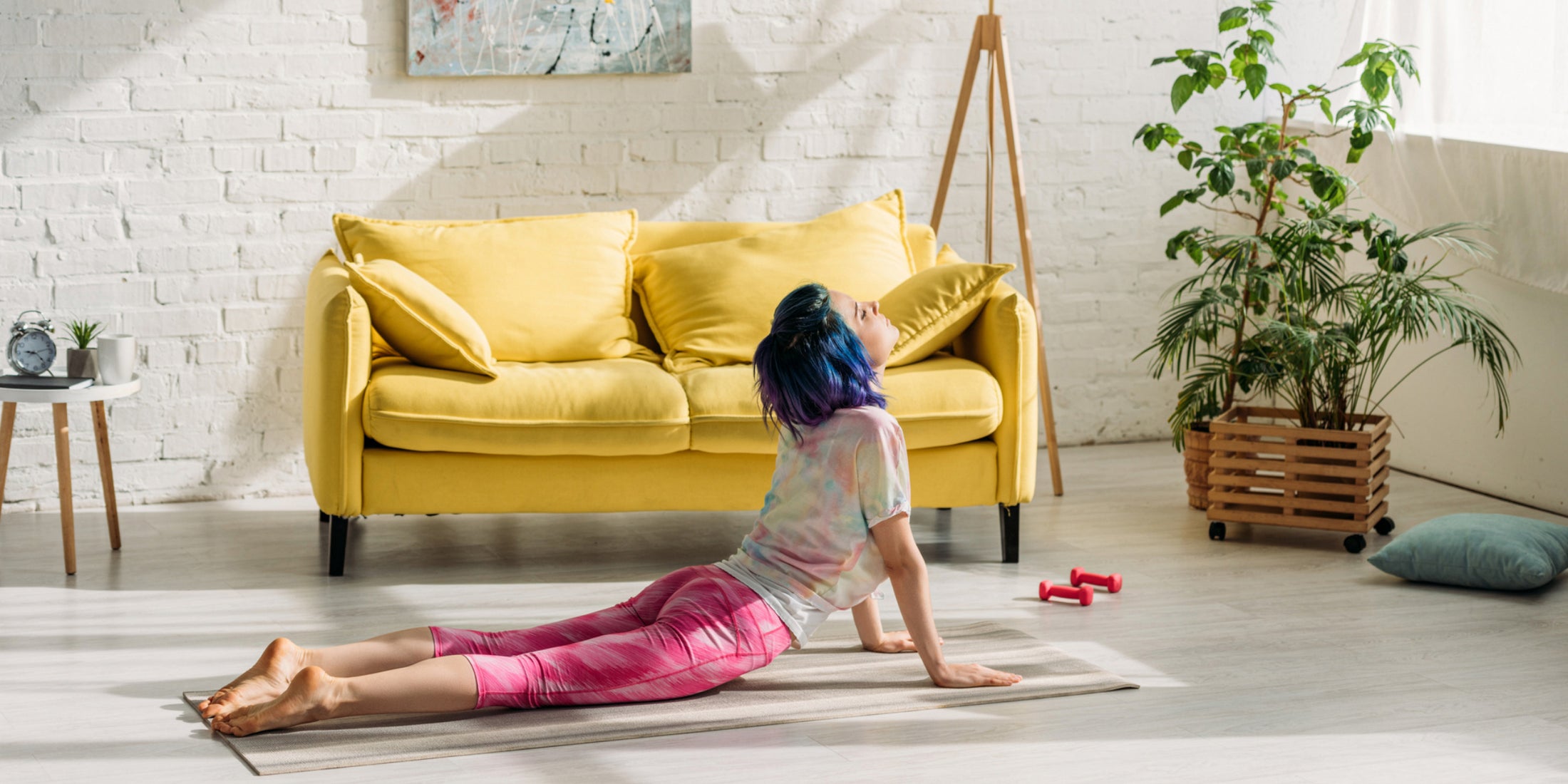
Gentle Workouts: The Secret to Staying Fit and Calm
November 8, 2023
Read more >
-
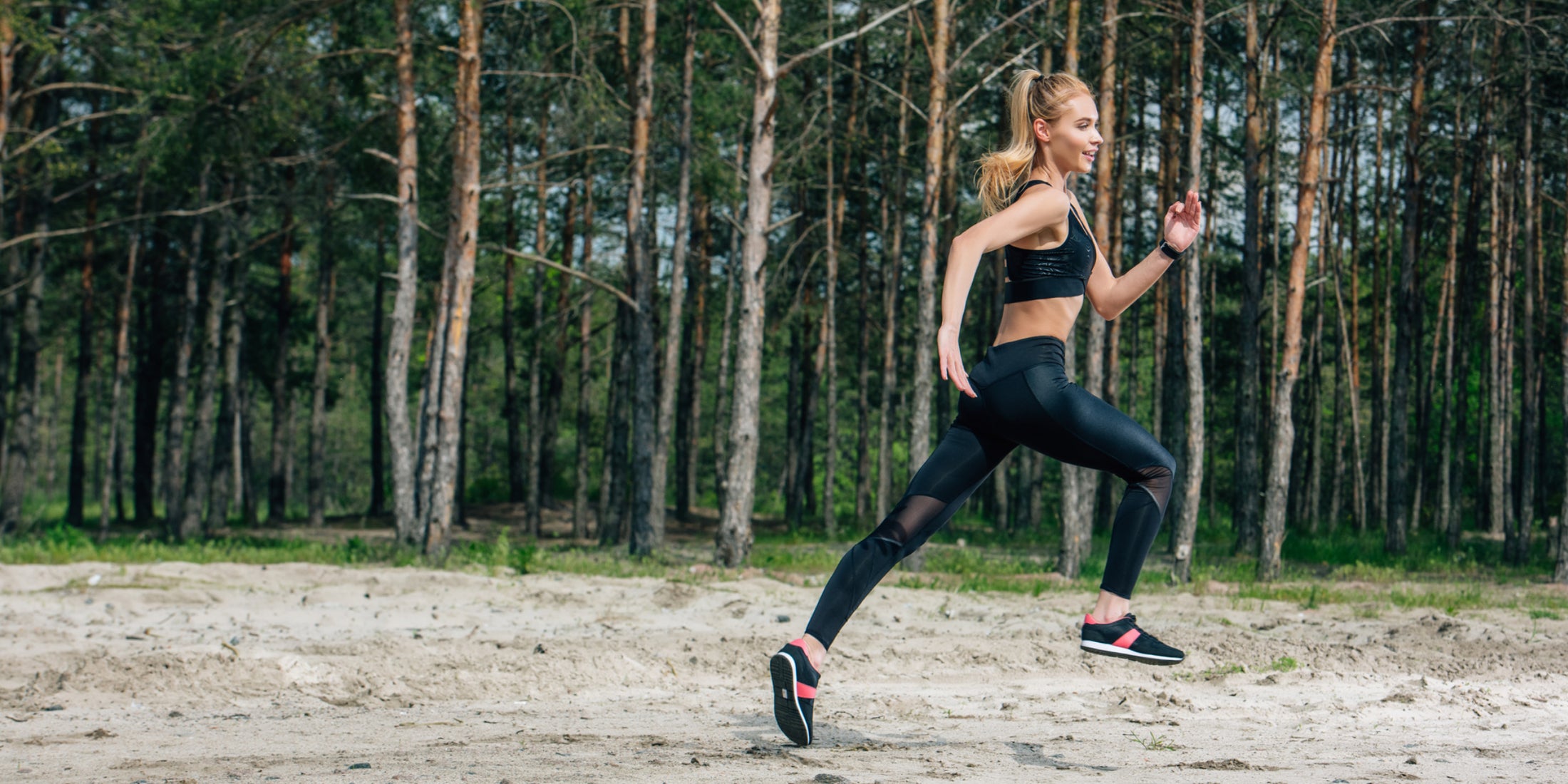
Wellness and Sustainability: Why a Greener Path Is a Healthy Journey
November 20, 2023
Read more >
-
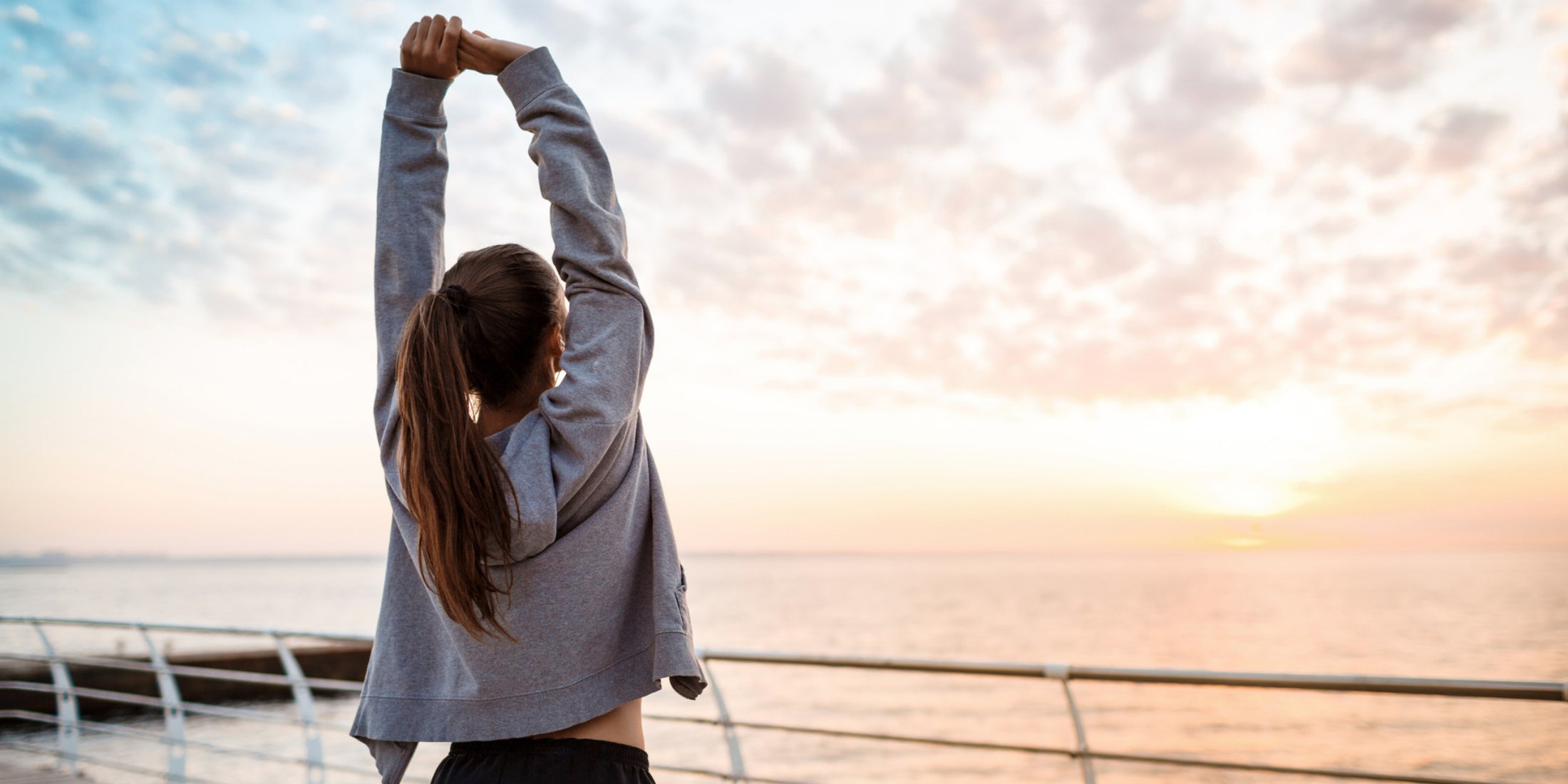
How to Keep Fit and Have Fun While Traveling the World
November 21, 2023
Read more >
-
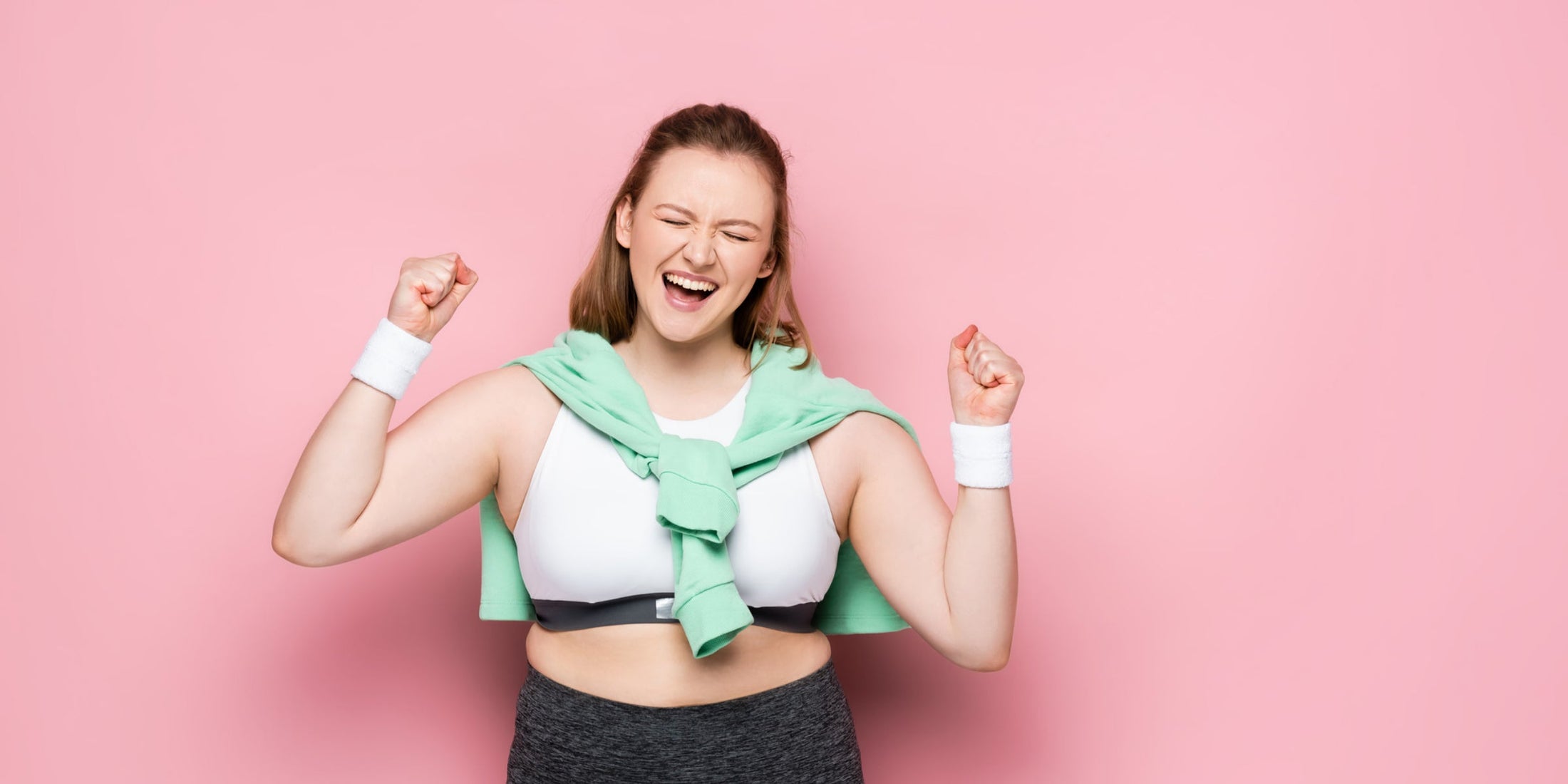
Show Your Body Love as You Embark on Your Fitness Journey
October 18, 2023
Read more >





